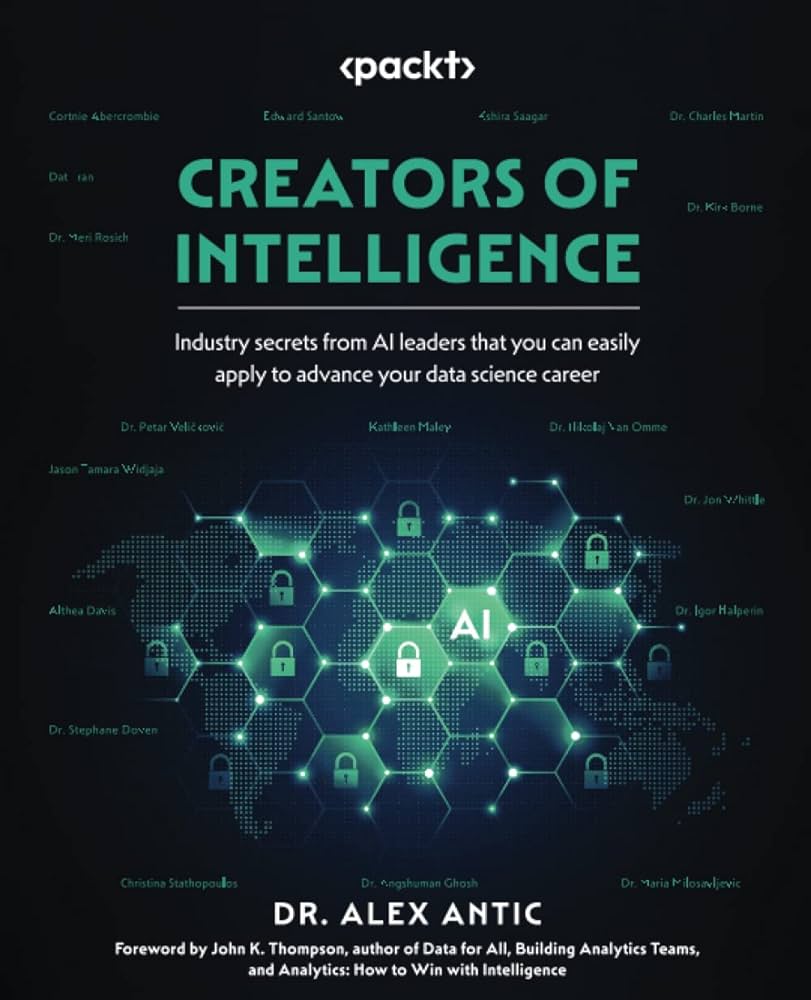
The AI Arms Race: Chinese Tech Giants Catch Up with Western Counterparts
The latest development in the AI landscape has seen Chinese tech giants, including Baidu and Alibaba Group Holding, rush to upgrade their chatbots to handle super long texts of up to 10 million Chinese characters. This move follows Google’s unveiling of its Gemini large language model (LLM) that can handle up to 1 million tokens, or roughly 700,000 English words.
 Chatbots are getting smarter
Chatbots are getting smarter
The ability to process long texts can have numerous applications, such as summarizing research papers, comparing resumes, and studying computing code. However, this leap to larger context windows is constrained by limited computing power.
 Computing power is a major constraint
Computing power is a major constraint
OpenAI’s GPT-4, on the other hand, supports 32,000-token context windows, available for paying subscribers at 6 US cents for every 1,000 tokens as input and 12 US cents for output of the same size.
“The rush to expand context windows reflects how Chinese AI giants are eager to catch up with Western tech leaders.” - Industry Insider
 Chinese AI giants are catching up
Chinese AI giants are catching up
Baidu will launch a new version of its Ernie Bot that can process up to 5 million Chinese characters for free, while Alibaba’s Tongyi Qianwen chatbot can now handle texts comprising around 10 million Chinese characters, available for all users free of charge. Alibaba-backed generative AI start-up Moonshot AI has also announced a major update of its Kimi chatbot that can now handle up to 2 million Chinese characters in a single prompt.
 Chatbots are getting more advanced
Chatbots are getting more advanced
As the AI arms race continues, one thing is certain - the future of chatbots is looking brighter than ever. With Chinese tech giants catching up with their Western counterparts, the possibilities are endless.
 The future of AI is bright
The future of AI is bright















